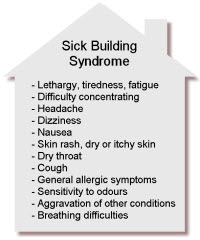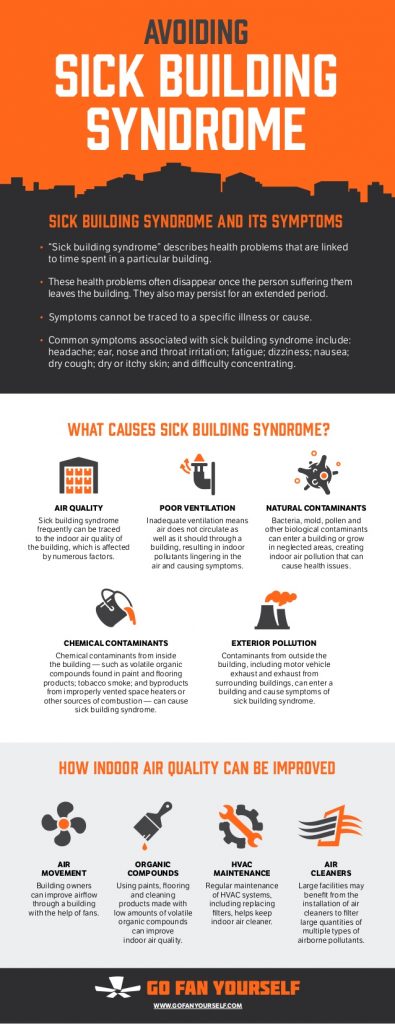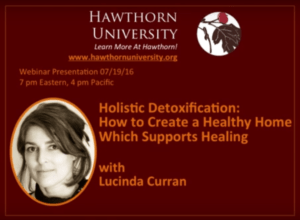Plastic-Free July (and every month)
Why Avoid Plastic?
Avoiding plastic has always been something high on my agenda.
When I was a teen and a twenty-something, it was about protecting the environment –
- not creating waste,
- minimising the creating of single-use items, and
- protecting our beautiful planet (in a very general sense)
As I have gotten older, and understood more about the environment and health, it has become even more important.
Here are three really big reasons to avoid plastics.
1. Pollutants from Plastics
Plastic bottles and containers can leach phthalates, xenooestrogens and other pollutant into the food, personal care or cleaning product with them.
This can play havoc with our health, as they interfere with our hormones (“endocrine-disrupting chemicals”).
What is more, they can also effect other animals that are exposed to them.
2. Plastic Polluting
Most of us already know about the piles of plastics in the oceans that form islands…
Our PET bottles, condoms, bags, and so on, all sweep the oceans and accumulate in certain areas.
As well, very small particles can break off plastic items (including synthetic clothing) to form microplastics.
These tiny pieces are a massice problem in the environment.
3. Killing Wildlife
One example is seabirds.
I saw a documentary where seabirds needed humans to help them survive.
Parents were feeding their young plastic that they had “caught” in the oceans…
Of course, the young were not able to digest it…
So it accumulated in their stomachs.
There were three big consequences of this.
a) The presence of the plastics in stomachs of the youing birds could leach endocrine-disrupting chemicals… which might have devastating effects on the species.
b) The birds were not being nourished properly – as plastic isn’t food!
c) The baby birds were heavy with all the plastic in their stomachs – which meant that as they headed out to sea, they would not be able to fly, and would then drown.
The scientists would catch the youngsters as they headed to the water…
And get them to vomit out all the plastic.
There was a surprisingly (and alarmingly) large amount of it!
By removing the plastic from their stomachs, they were being given the best chance to survive.
It was truly heartbreaking to see this.

So, what can you do about it?
Join the Challenge –
In my free Facebook group, we are doing a Plastic-Free Challenge.
Consider alternatives to plastic –
- Reusable coffee cups – perfect option
- Cotton Bags to store your fruit and veg – perfection right here
- Cleaning brushes that don’t contain plastic – how about these?
- Microfibre cloths from renewable sources – like these
- Safe and reusable water bottles – great choice for the whole family
Choose Your Tactic
PlasticFreeJuly.org has compiled this great resource – download it here – then review it and choose which ones that you can action.
P.S. This is a great one to involve the kids with 😉




